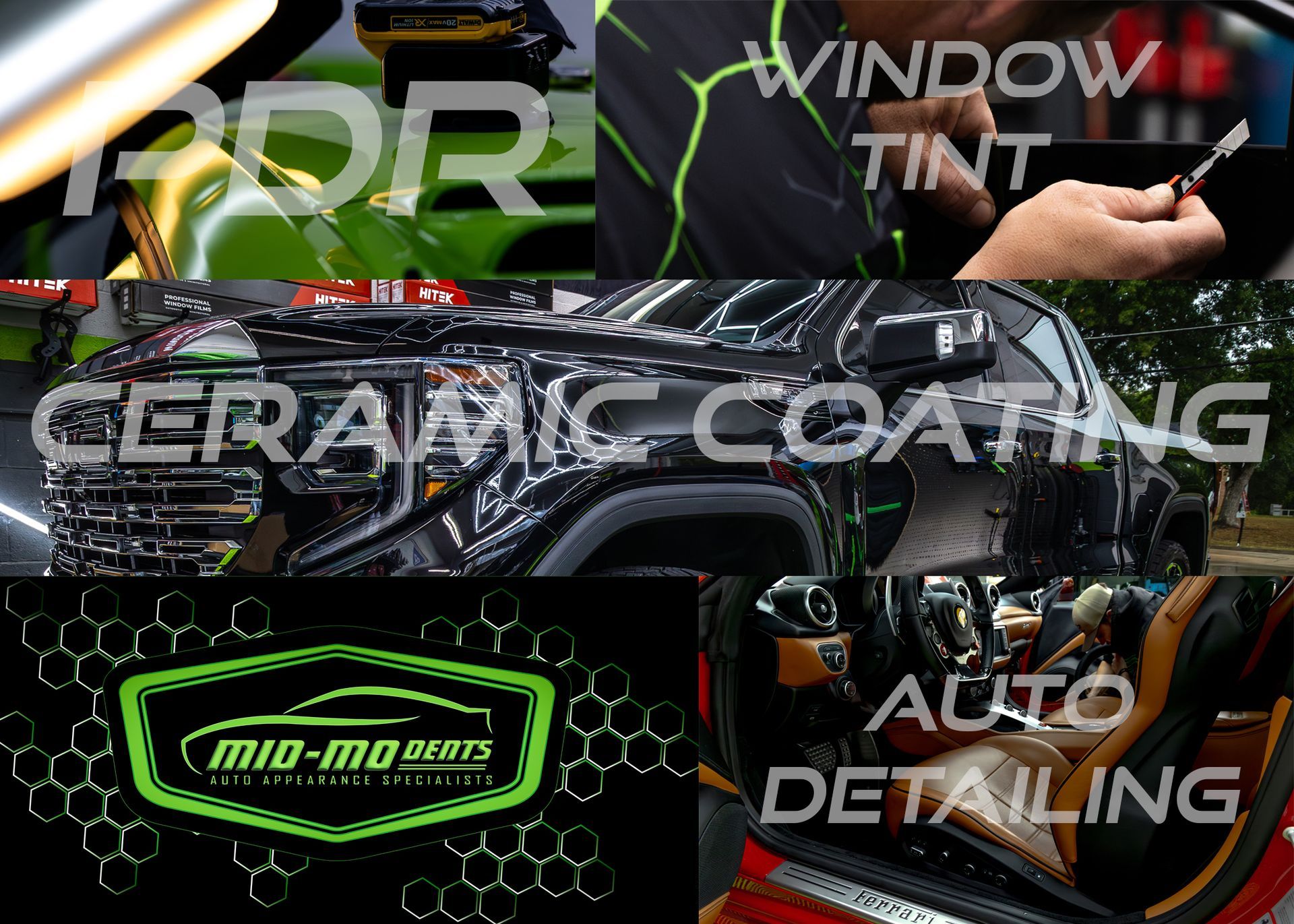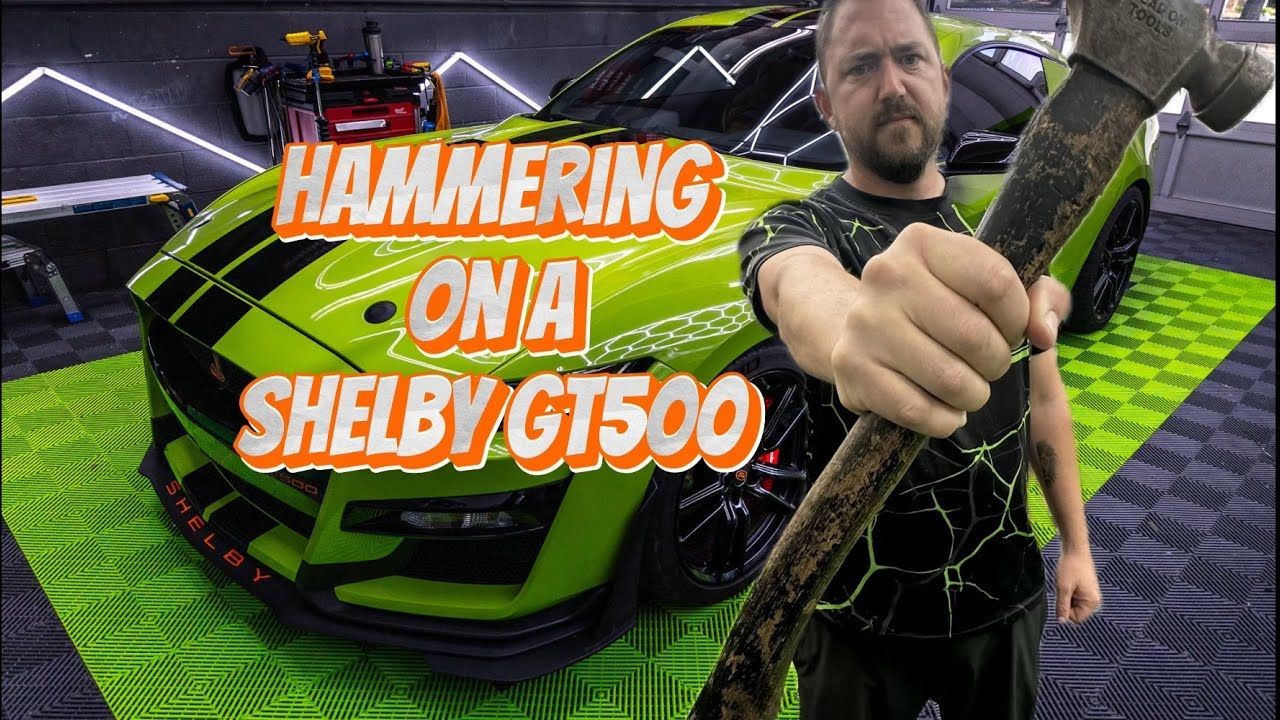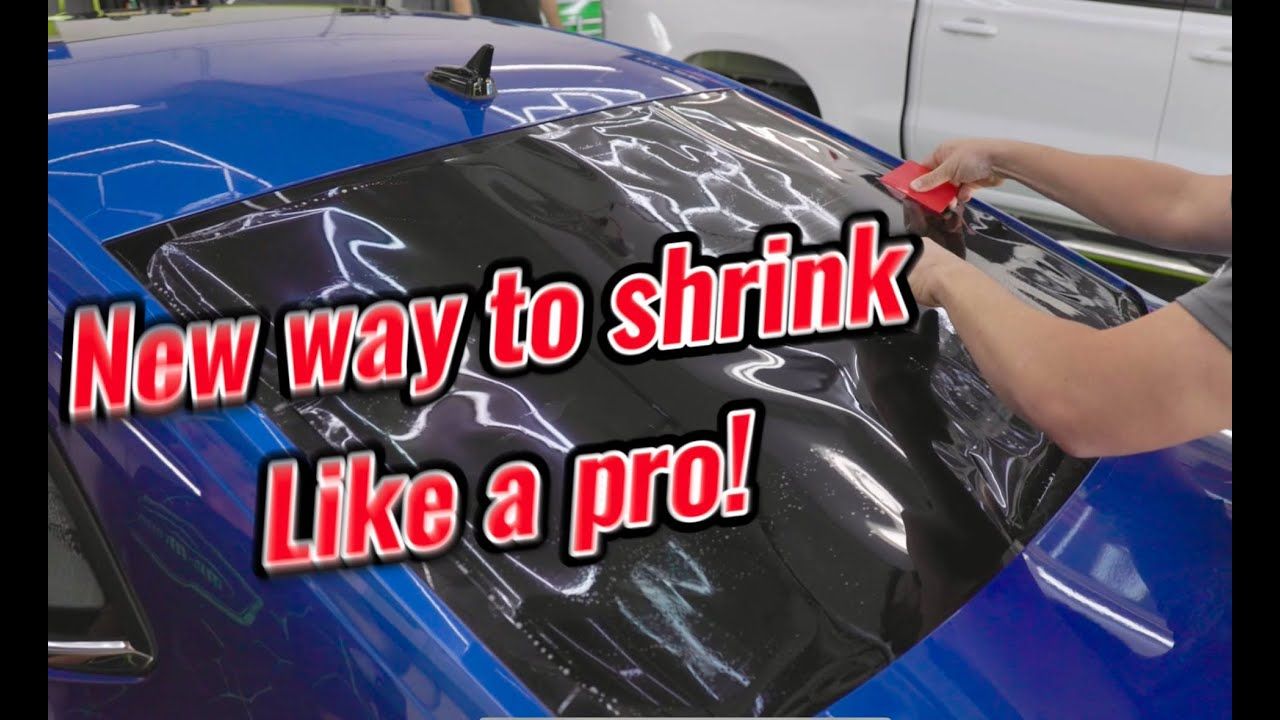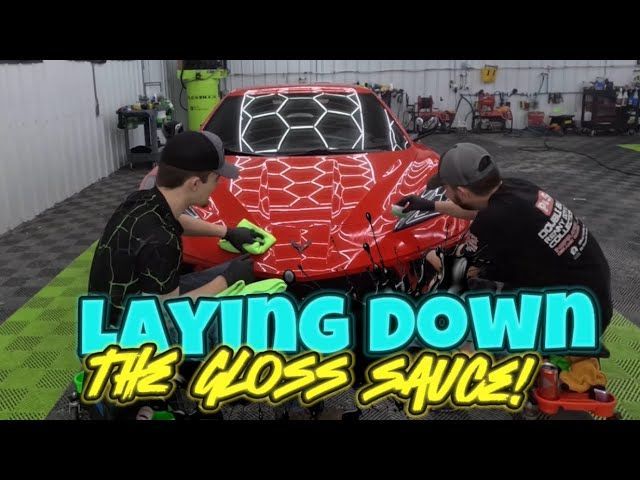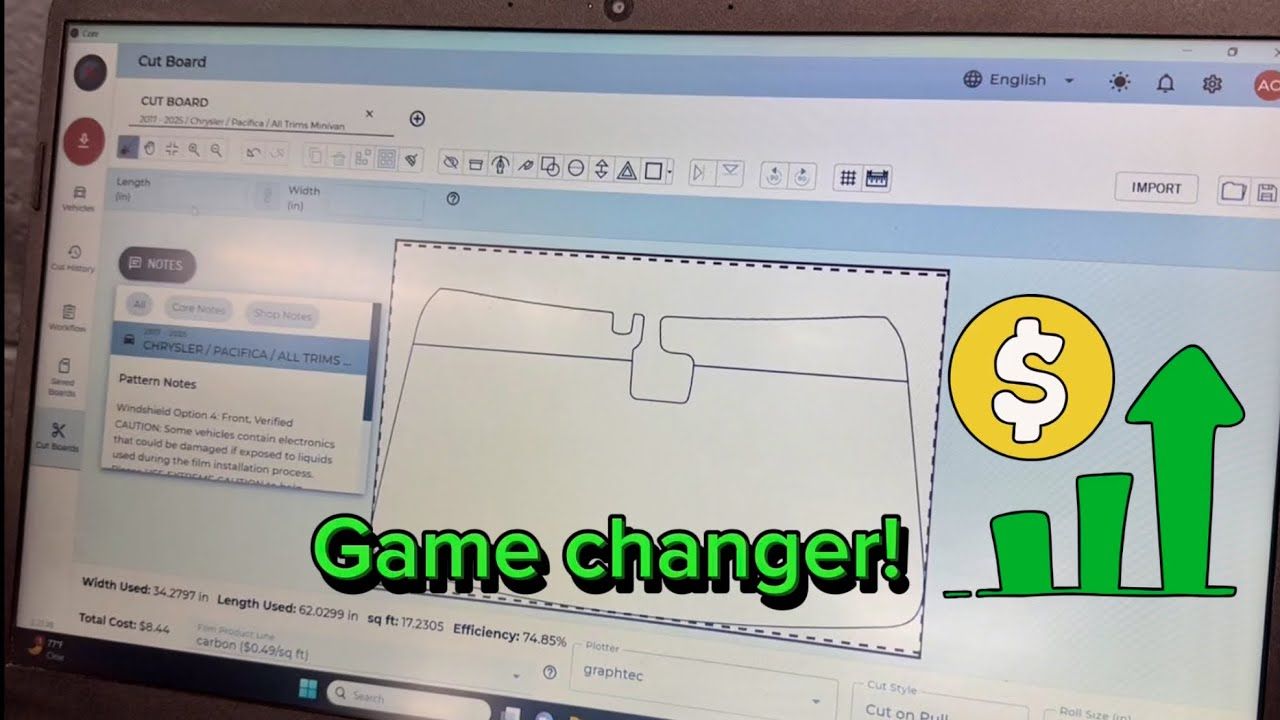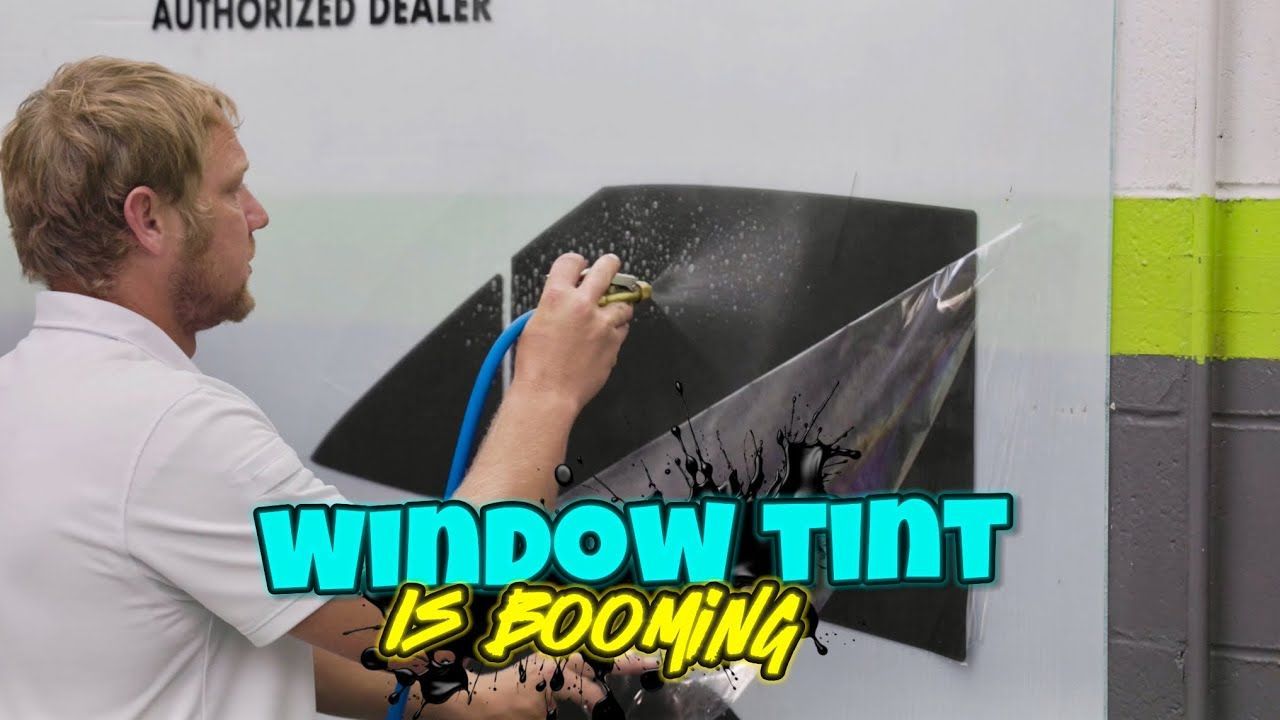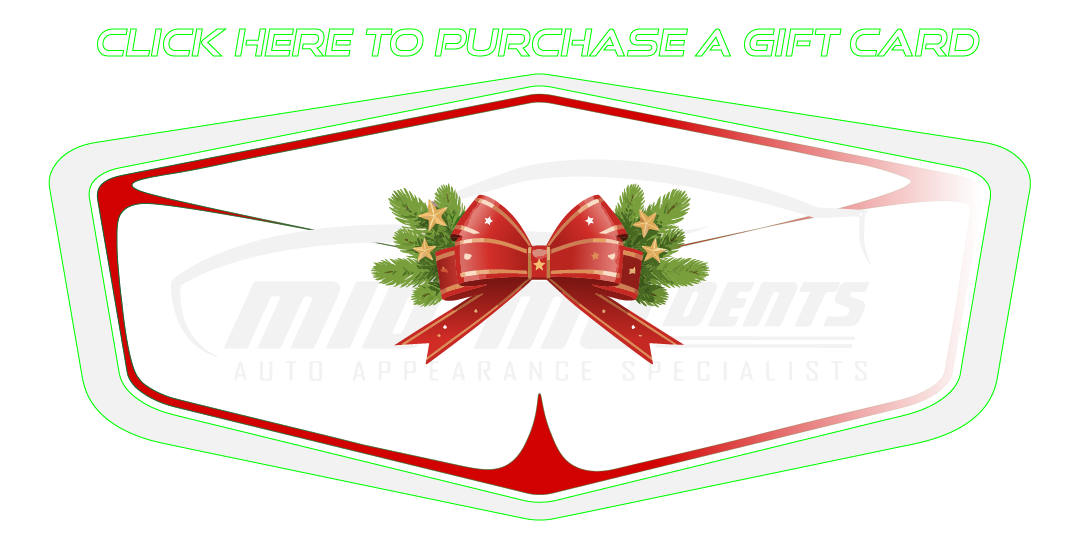Should You Ceramic Coat Your Wheels? Step-by-Step Guide
Hey, it’s Andy with Mid-MO Dents! In today’s video, we're tackling the topic of ceramic coating wheels. Ceramic coating offers an extra layer of protection for painted wheels, keeping them looking great and making future cleanings easier. While professional installation is best for longevity, doing it yourself is a good option if you're up for the challenge. Here's a full breakdown of the process and some tips for those looking to DIY.
Why Ceramic Coat Your Wheels?
Like your car’s paint, your wheels are constantly exposed to the elements—road grime, brake dust, and more. Without protection, they can get stained, scratched, and look worn over time. A ceramic coating creates a durable shield that repels dirt, water, and even brake dust, making cleaning easier and giving your wheels a long-lasting, glossy finish. If you want your wheels to look good and stay protected for years, ceramic coating is the way to go.
What You'll Need
Before you start, gather the following supplies:
- Microfiber Towels: You’ll need a few to clean and apply the coating.
- Rubber Gloves: To protect your hands.
- Applicators: Microfiber blocks or microsuede applicators will work for applying the ceramic coating.
- Panel Prep: To clean the wheels before coating. You can get this from auto supply stores or online.
- Ceramic Coating: Do your research and pick a high-quality option, especially if you’re looking for longevity.
Prepping the Wheels
The first step is prepping the wheels by cleaning them thoroughly. Spray each wheel with panel prep to remove any wax, grease, or oils. Use one of your microfiber towels to wipe the wheels clean, making sure you don’t leave any residue behind. This step is crucial because any leftover oils or dirt can interfere with the bonding process of the ceramic coating.
Let the wheels dry completely before moving on to the next step. By prepping all four wheels at once, you give them time to fully dry, ensuring the coating adheres properly.
Applying the Ceramic Coating
When you’re ready to apply the ceramic coating, make sure to follow the instructions that come with your product. If you're using a high-quality coating, you might notice it’s harder to remove, which means it's a more durable, long-lasting option. The harder the coating, the longer it will protect your wheels, so it’s worth putting in the effort to get it right.
Start by applying a small amount of the ceramic coating to your applicator—don’t over-saturate it. It’s best to coat the face of the wheel first. Some coatings will cure faster than others, so if you're unsure, it’s smart to start by coating just half of the wheel at a time. Once the coating starts to "flash" or look slightly hazy, it’s time to start wiping off the excess.
Wiping Off the Excess Coating
Use the three-towel method to remove the ceramic coating. The first towel should pick up most of the excess coating, the second towel gets whatever is left, and the third towel is an insurance wipe to ensure you don’t leave any high spots or streaks.
Pay extra attention to the hard-to-see areas—these are often where you’ll miss wiping off excess coating. It’s easier to miss spots in the cracks and crevices, so take your time here.
Coating the Wheel Barrels
After you’ve finished the wheel faces, flip the wheels over and coat the barrels. The process is exactly the same—apply the coating, wait for it to flash, and then wipe it off with the three-towel method.
Final Curing
Once you’ve finished coating all four wheels, let them cure overnight. Most ceramic coatings will need to set for at least 12-24 hours before they’re fully cured. Be sure to follow the specific instructions for your ceramic coating, as some may have additional steps for adding multiple layers.
Post-Coating Care
After ceramic coating, avoid using any harsh chemicals on your wheels for the first week or two. Let your tire shop know that the wheels have been coated, so they don’t use any cleaners that might damage the fresh coating.

